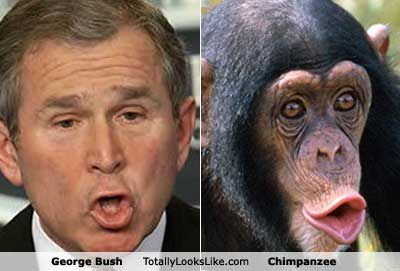I'll get into this thread with cosmology.
If one was to look around with no idea of what we have discovered, one would likely construct a naive cosmology that states that the Earth is a flat disk with a radius about 20 - 30 kilometers and that the sky is an inverted bowl overhead.
Looking at all the earlier cosmological beliefs, we indeed finds versions of this naive cosmology. The Bible has it, though it's mostly in the form of allusions and offhand references, since none of its writers were interested in cosmology. But a bit of Hellenistic Jewish religious literature, the Astronomical Book of Enoch, goes into detail. The sky is indeed a bowl overhead, and the celestial bodies move across its surface. When they set, they go through a gate in the bowl's rim, go along the rim, go through another gate, and then rise.
The Flat-Earth Bible.
We don't know for sure who concluded that the Earth is approximately spherical, but expert on everything Aristoteles of Stagira (Aristotle) clearly stated it around 350 BCE in his book "On the Heavens". He gave three arguments:
- Physical: the Earth's constituents like to go to the center of the Universe, and a spherical shape is the closest that they can get.
- Visibility of stars: some southern-sky stars are only visible from lands to the south.
- Shape of the Earth's shadow: the Earth always has a round shadow, no matter where the Moon is in the sky.
That has the further consequence that the Earth must be much larger than the horizon distance for it to look flat over that distance.
Looking outward, the Moon was the first celestial body with a reliably-measured distance, and Aristarchus of Samos was the first one known to have measured that distance. He used lunar eclipses to get the size of the Earth relative to that of the Moon; the Moon is a little more than 1/4 the size of the Earth. From its angular size, the Moon is about 60 Earth radii away. AoS's book has numbers that are rather off, but Hipparchus and Ptolemy got much better numbers.
AoS tried to measure the distance to the Sun, looking at the S-E-M angle when the Moon was exactly half-full (S-M-E = 90d). It was the right method, but it was impossible to measure that angle with the necessary precision. The most that one could conclude is that the Sun is about 10 - 20 times farther from the Earth than the Moon is.
That was improved on with telescopic observations, and by the 18th cy., it was evident that the Sun was nearly 400 times farther away from the Earth than the Moon is.
Of the planets, the distance champion was Saturn at 10 times the Earth-Sun distance, though in 1781, Uranus was discovered, with a distance of 20 times that distance. Some comets go even farther, like Halley's Comet at 35 times that distance.


